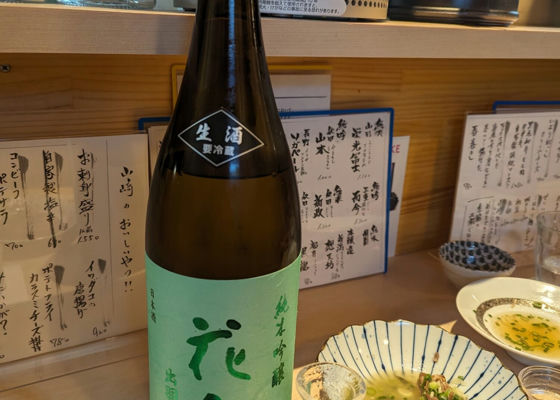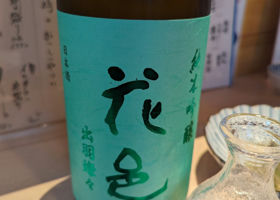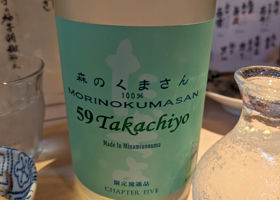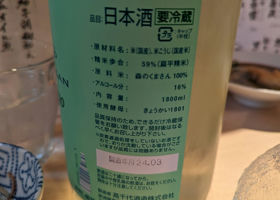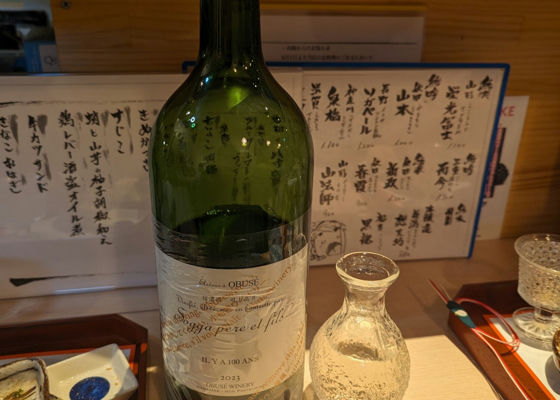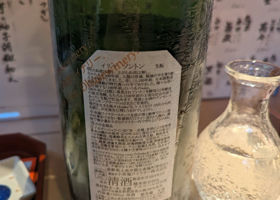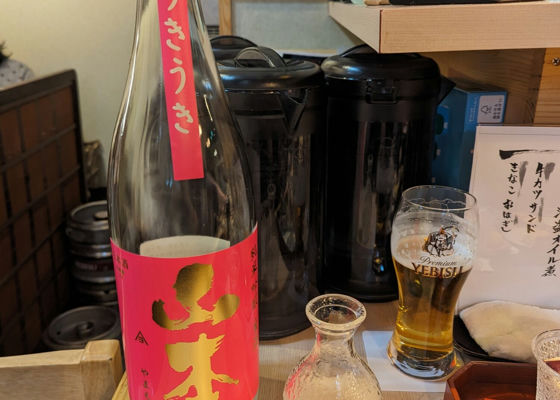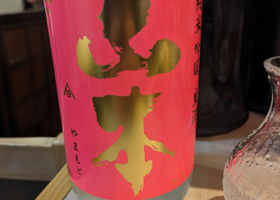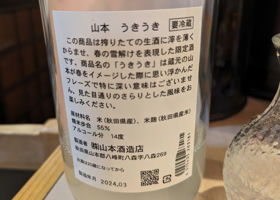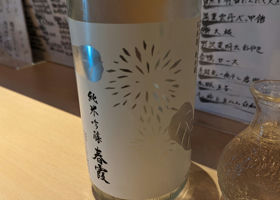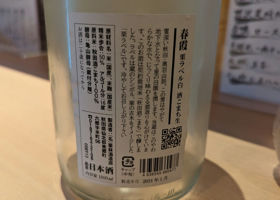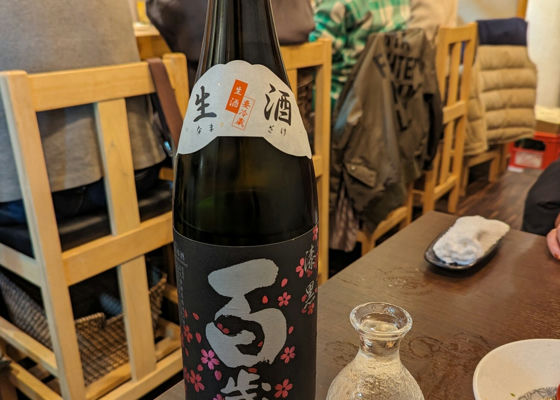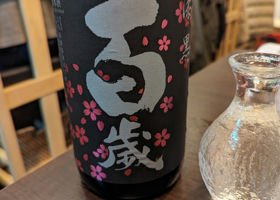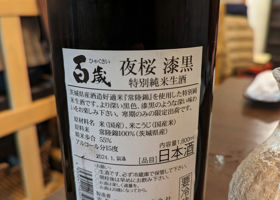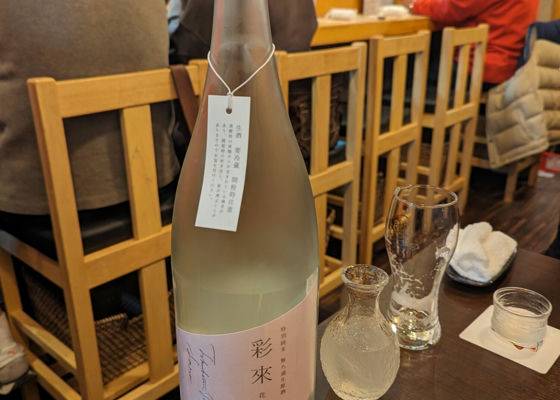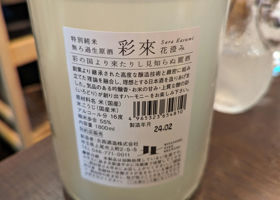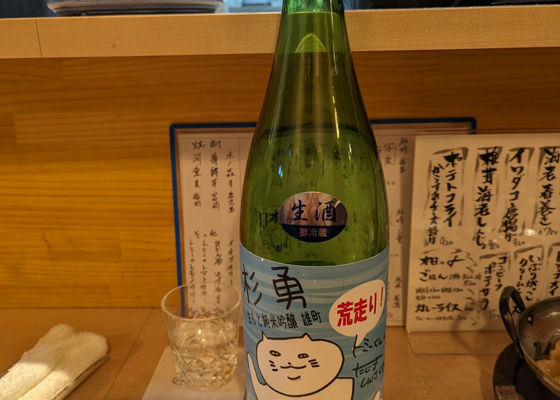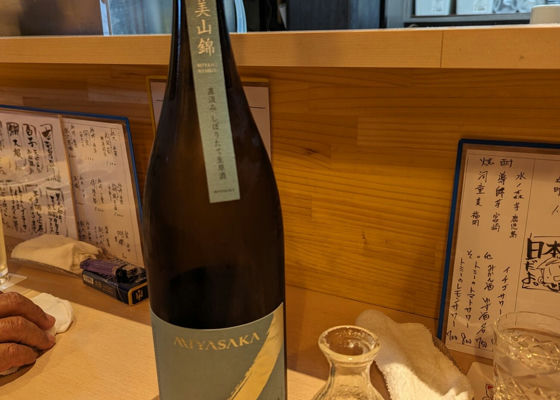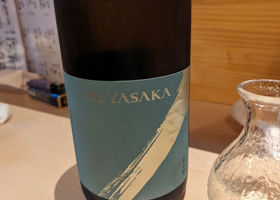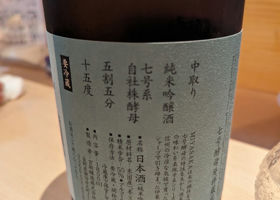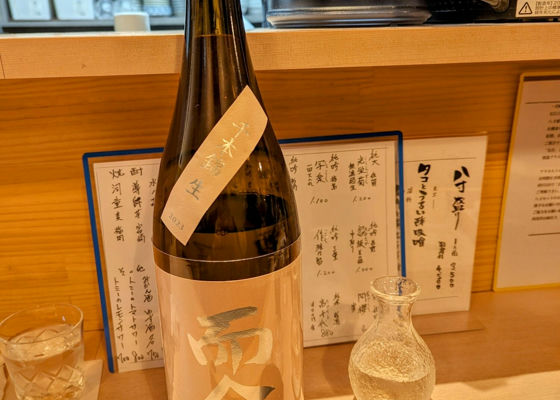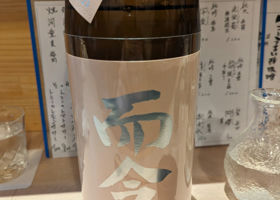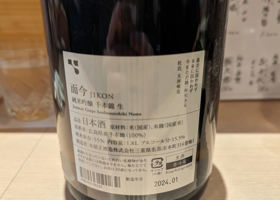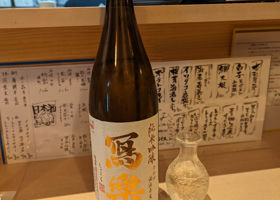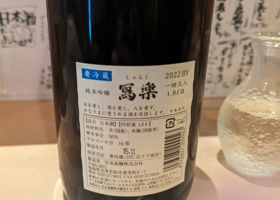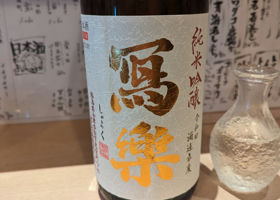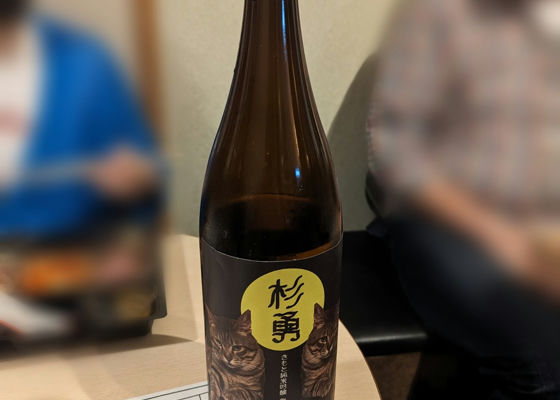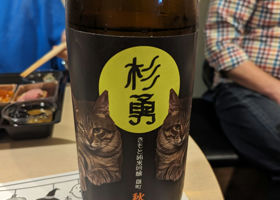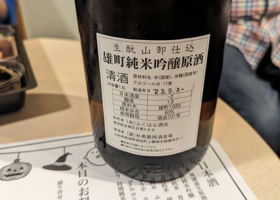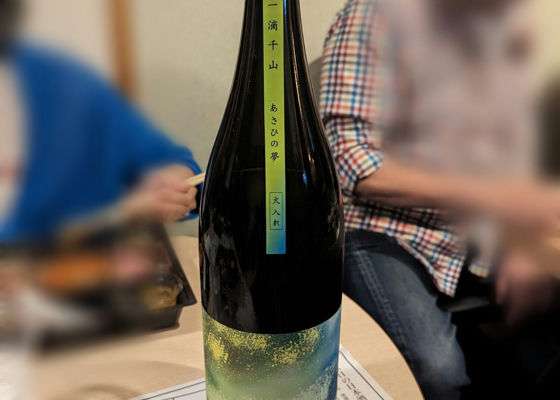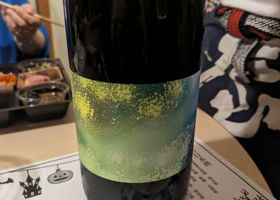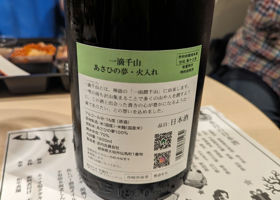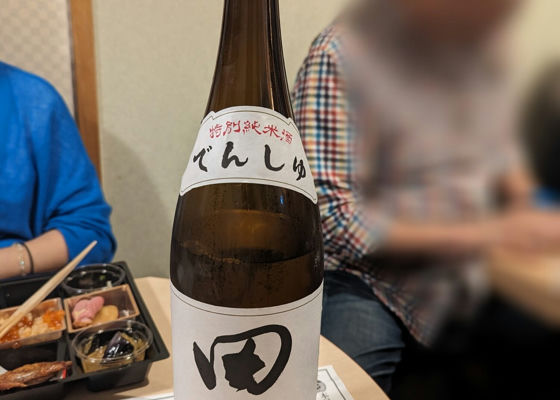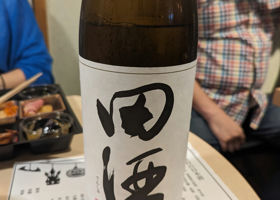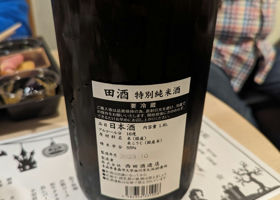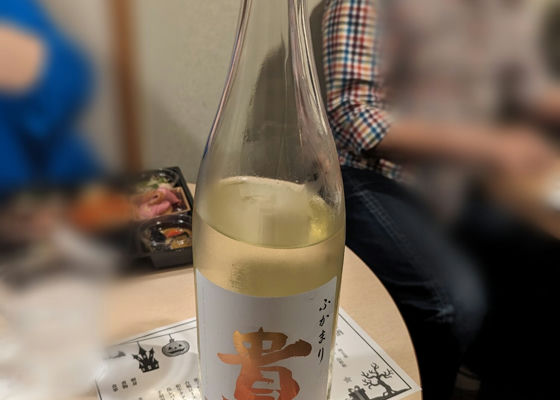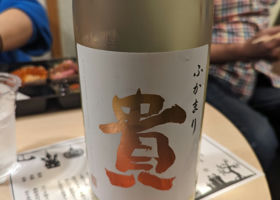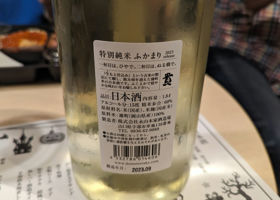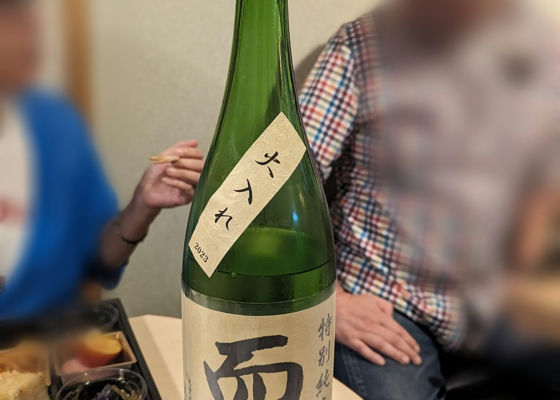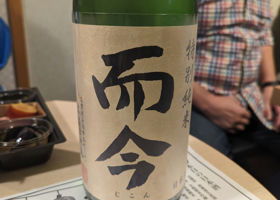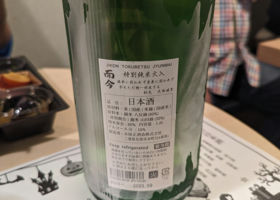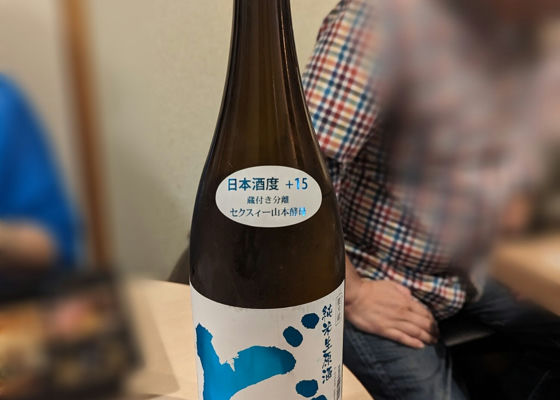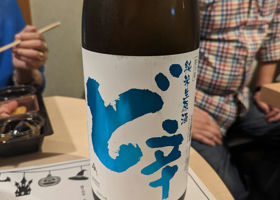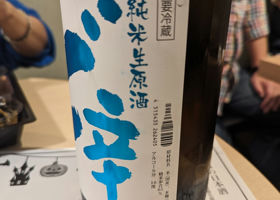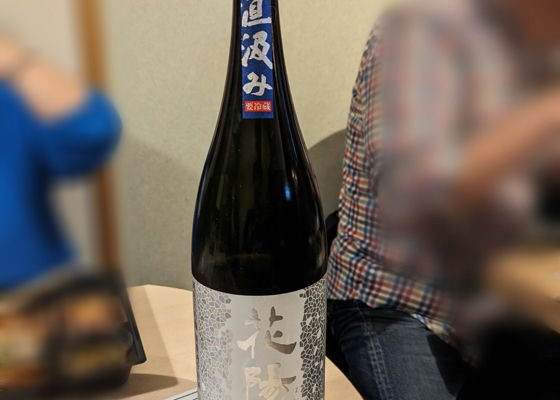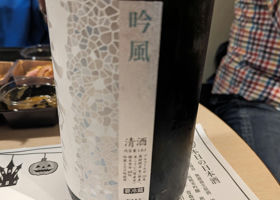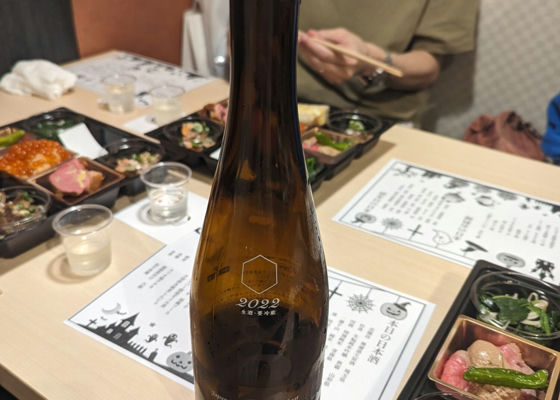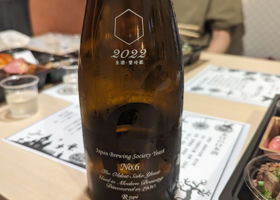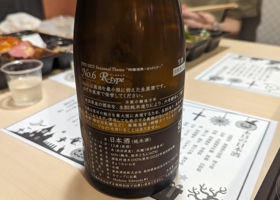Timeline
南十字輝7/10
Junmai Ginjo-shu made with Dewa Sanzu from Hanayu.
It has a so-called modern taste with a strong sweetness on the attack.
The attack is very sweet, and the palate is filled with a firm umami flavor.
It was a little tight and hard because it was opened on the palate, but it was delicious enough.
It was a drink that made me feel that it is a very good sake. 南十字輝6/10
Takachiyo Alphabet Series.
59 is the milling ratio and it is said to be flat milled.
The sake rice is made from Kumamoto Prefecture's Morinokuma-san.
I had an image of it being somewhat dry, and when I drank it, it was rather as I had imagined.
The green label gives the impression of a refreshing taste and a clean feeling.
It was another sake that I felt was a spring sake. 南十字輝8/10
There was a time when I was intensely addicted to Sogapère Ephis.
I remember going to the liquor store every day. But that was about 3 years ago.
Last year, I could only drink Numeroin, so it's been a while since I've had Ilya Thornton.
It is the first time in a long time.
It is better to drink it at about 20 degrees Celsius, because I have an image that it is hard to drink if it is cooled down too much.
It has a deep flavor and is very addictive.
I had a magnum bottle at home and thought it would be cool. 南十字輝7/10
Yamamoto's spring limited edition sake.
Sake with a low alcohol content of 14 degrees and a light nigori color.
It has a slightly fruity and floral aroma, and the pink label gives it a springtime feel.
Just by drinking it, you feel as if you are walking in the spring weather.
The low alcohol content makes it easy to drink, but the flavor is robust.
This is exactly the kind of sake I would like to bring to a cherry-blossom viewing party. 南十字輝7/10
Chestnut Label is a series featuring the chestnut trees planted at the Kuribayashi Brewery.
The first of four shipments a year, this white is released in winter.
Akita Sake Komachi is used and the yeast is Kameyama yeast, a brewery yeast.
Kameyama yeast is said to have a rather refreshing taste.
The aroma was fresh and fresh.
It is easy to drink, and I really like the flavor that makes you want to drink it slowly and carefully. 南十字輝7/10
Hundred Year Old Night Cherry Label.
This label is so cool.
Really makes me want to take this with me to go out at night to see the cherry blossoms.
The taste is well-balanced and refreshing, quite excellent as a food sake.
It also has a delicious taste of rice and the freshness of unpasteurized sake.
It was a sake that I never got tired of drinking even if I kept on drinking it.
I would like to have this sake at home. Sara特別純米 無ろ過生原酒 花澄み特別純米原酒生酒無濾過にごり酒 南十字輝8/10
Sairai is delicious, Sairai.
It is very fruity and sweet, but at the same time refreshing.
The aroma is peach, lychee, and strawberry.
There is also a slight lactic acid aroma in the air.
It doesn't feel like drinking sake, but it has a sake-like taste.
I would drink Sairai if I saw it. 南十字輝6/10
The mysterious label Sugiyu.
I don't know what it was, maybe the delivery brother drew it or something. I forgot.
The drawing is of a cat, and the contents are of Cedar Isamu.
The flavor is somewhat complex, but it tastes like a sake brewed with sake yeast.
It is rather elegant and fruity, with a hint of yogurt flavor. みやさか純米吟醸酒 美山錦 直汲みしぼりたて生原酒純米吟醸原酒生酒無濾過 南十字輝7/10
MIYASAKA of Miyasaka Brewery, the brewery of Masumi
I wonder if it is new sake.
Sake with freshness and a good balance of acidity and bitterness.
It has a ginjo aroma, but the aroma is not so strong that it is easy to drink as a mealtime sake.
It is best to drink it cold and refreshing. 南十字輝8/10
I drank Senbon-Nishiki for the first time.
I see it is a rice from Hiroshima prefecture.
I have a preconceived notion that it is a Jikin, so it should taste good no matter how I drink it.
This sake had a cherry-like sweetness and freshness.
Anyway, I was taken in by the aroma.
When I enjoy this kind of sake, I am glad to be on the user side.
The hard work of the brewers is immeasurable. 南十字輝8/10
I don't know how many times I've had this Sharaku junmai ginjo.
It is as delicious as ever.
I bought it when I went to Fukushima, bought it before staying at a ryokan and brought it with me, and was allowed to drink it at an excellent sushi restaurant.
The taste is fruity with a strong ginjo aroma.
I would say it smells like melon, lychee, and acacia.
I think it is a strong brand, not just high specs. 南十字輝7/10
Sugiyuu's autumn cat, not autumn sake.
This cat really looks like our cat.
It has a vinegared iso-type aroma and a lactic acid taste typical of a sake made from the traditional sake brewing method.
It has a strong flavor like a pure sake, but it is not monotonous.
The soft acidity is good as a mid-meal drink. 南十字輝6/10
This was the first time I drank Ichiju Senzan.
It is said to be a rather classical type of sake brewery in Gifu Prefecture.
Asahi no Yume is a rice rice grown mostly in Tochigi Prefecture.
The taste is crisp and smooth, with a tangy finish.
I felt a tangy taste in the latter half. 南十字輝7/10
I love Tazake because I never get tired of drinking it and it is consistently delicious.
It has a slight acidity, and the umami comes later.
The ginjo aroma on the nose is also wonderful.
It has the image of a sake that can be enjoyed by everyone.
I appreciate the fact that I never get tired of drinking it. 南十字輝7/10
Takano-Fukamari is said to be delicious from fall through winter.
This time, I had it cold, but it was definitely a sake with a fuller, richer rice flavor that would be better heated.
It is the type of sake that warms and wakes up the umami that lies dormant in the depths of the bottle.
It will probably increase the sweetness and go well with oden. 南十字輝8/10
We already know that Jikin is delicious.
This special junmai is less umami and more gentle and crisp.
It has a refreshing acidity and is well-balanced as a food sake.
I am really impressed with the high level of Jikin, even though it is a light and refreshing sake. 南十字輝6/10
The blue one of Dodoshi is the raw sake.
The sake is more in the direction of sharpness than spiciness.
The blue one here has a sweetness, if anything, and it becomes sharp in the latter half of the bottle.
I tend to lose sight of the concept of spiciness, so I guess it is good to reconfirm it in this way.
However, the quality of dryness differs considerably from brewery to brewery, so it is still difficult. 南十字輝6/10
I drank Hana-yoku for the first time in a while.
It is a summer-only Ginpu.
The moment I drank it, I knew it was Hana-yosuyu with its fruity aroma and sweetness.
I think this character is the secret of its popularity.
The aroma is gaseous, refreshing, and wafts through the nose.
If I were to drink a sake like this for the first time, I would have a lot of misconceptions.
I can imagine many things about this sake. 南十字輝7/10
This day was the annual sake party.
It is hosted by a certain bar every year.
On this day, the toast was Shinmasa No. 6.
It had been a while since I had had an R-type sake.
I prefer S-type to No.6, but R-type was good for the toast.
It was the first saké to open, but it was soft and fruity.
It was a toast, so I took a sip.
I think I will enjoy Niimasa as an event sake now. 南十字輝6/10
I couldn't write it in the title, but it says "Ogasawara-ryu" which refers to Mr. Ogasawara, the toji (master brewer).
I wonder if it means that Ogasawara-san's unique technique is included.
The rice used is "Koku Ryoto. This is the first time I have heard of it.
I heard it is called "Kokuryo Miyako.
The sake level is quite high, but the sweetness comes first.
There is a fresh lychee aroma, and it has a delicious mouthfeel.
The second half is dry, but the sweetness and freshness continue.
Overall, it was a well-balanced and delicious sake.
I have never had Yamagata, but I would like to try other sakes. RecommendedContentsSectionView.title
